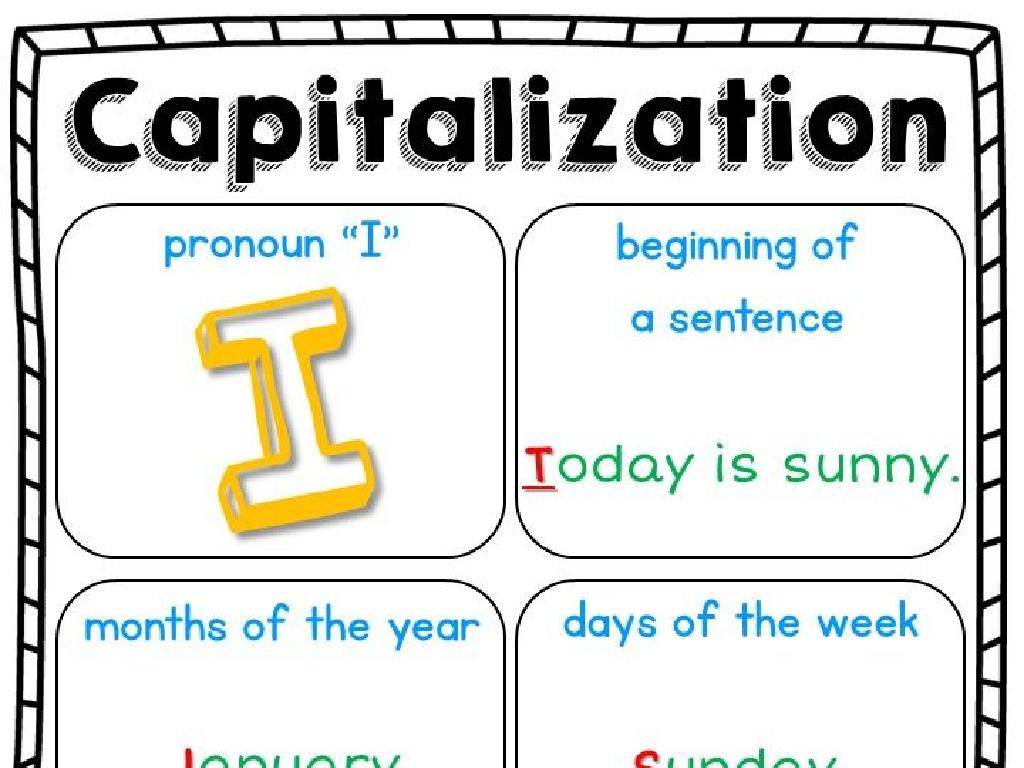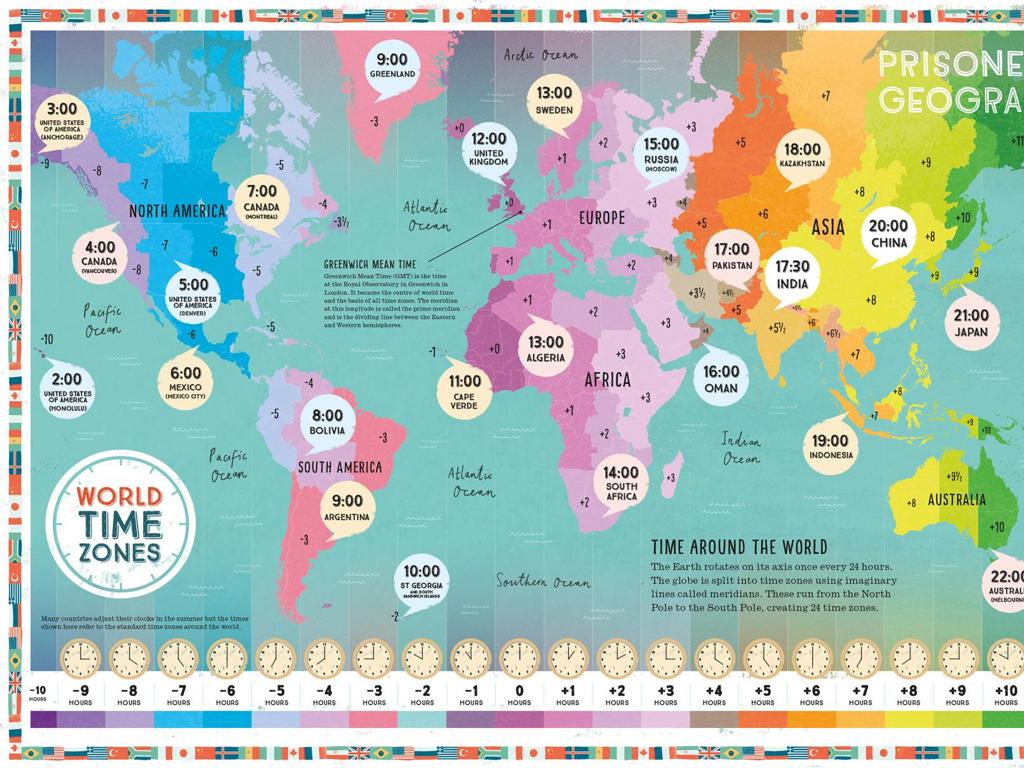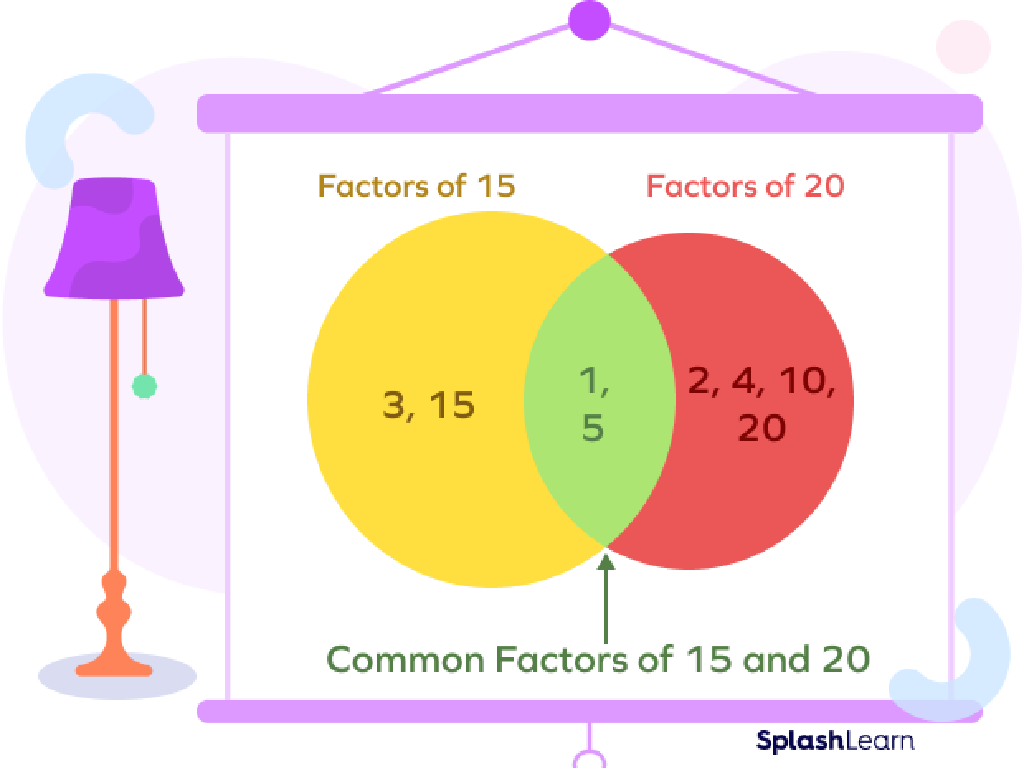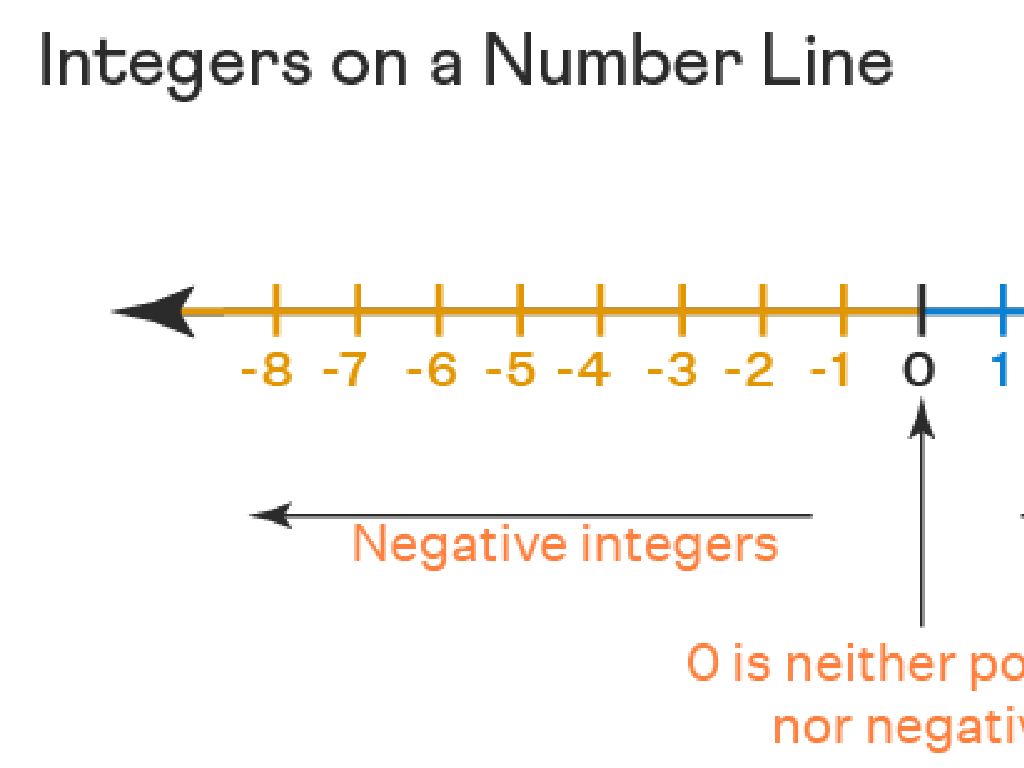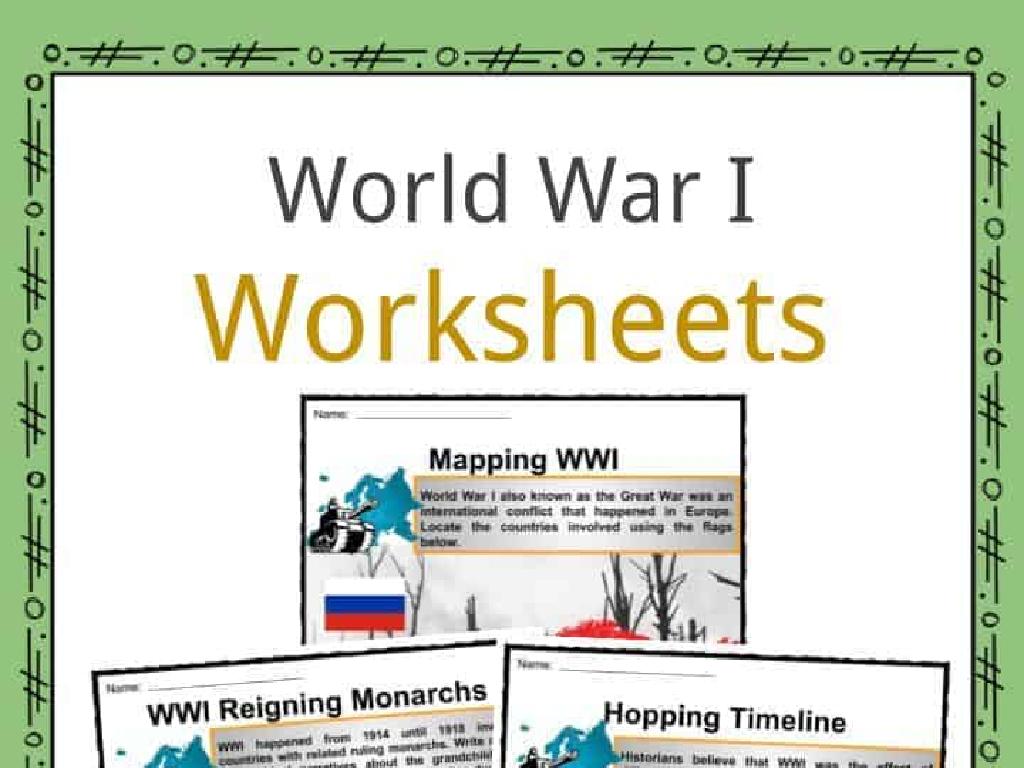Place Value Models Up To 20
Subject: Math
Grade: First grade
Topic: Place Value
Please LOG IN to download the presentation. Access is available to registered users only.
View More Content
Welcome to Place Values!
– Learn about place values
– Numbers have special places
– Each digit has a position, or ‘place’
– Fun with numbers up to 20
– We’ll use games and activities
– Understanding units and tens
– Ones are in the ‘units’ place, tens in the ‘tens’ place
|
This slide introduces the concept of place values to first graders, emphasizing the importance of understanding the position of digits in numbers up to 20. Start by explaining that each number has a special place, and these places have names like ‘ones’ or ‘units’ and ‘tens.’ Use visual aids like blocks or drawings to show the ones and tens places. Engage the students with interactive games or activities that involve grouping objects in tens and ones to solidify their understanding. The goal is to make the concept of place value as tangible as possible, so students can visualize and grasp the idea of units and tens.
Understanding Place Value
– What is place value?
– Place value shows the value of each digit in a number.
– Position determines value
– Where a digit is in the number tells us how much it is worth.
– Each number has a place
– Each place has a value
|
This slide introduces the concept of place value, which is fundamental in understanding how numbers are constructed and used. Explain that place value helps us know what value each digit in a number represents, depending on where it is located. For example, in the number 15, the ‘1’ is in the ‘tens’ place and is worth 10, and the ‘5’ is in the ‘ones’ place and is worth 5. Use simple examples with numbers up to 20 to illustrate this concept. Have manipulatives like blocks or counters available to visually demonstrate the value of each place in a number. Encourage students to practice by identifying the place and value of digits in different numbers.
Exploring Numbers 1 to 20
– Counting together from 1 to 20
– Each number is special and different
– Every number has its own place and value
– Numbers help us know our world
– We use numbers to count things like toys or cookies!
– Understanding place value
– Ones and tens make up the numbers 1 to 20
|
This slide is aimed at helping first graders understand the concept of numbers and their uniqueness. Start the class by counting aloud from 1 to 20 with the students to help them get familiar with the sequence of numbers. Emphasize the individuality of each number and its specific place in the order. Relate the concept of numbers to everyday life by giving examples of counting objects that they interact with regularly. Introduce the idea of place value by explaining how the numbers 1 to 20 are made up of ones and tens, setting the foundation for understanding larger numbers. Use visual aids like number charts or blocks if possible to enhance learning.
Understanding Tens and Ones
– Numbers have Tens and Ones
– A Ten is 10 Ones together
– Like a bundle of 10 sticks
– Combine Tens and Ones for new numbers
– 10 Ones and 5 Ones make 15
– Practice with numbers up to 20
|
This slide introduces the concept of place value, specifically focusing on tens and ones, which is fundamental in understanding how numbers are structured. Start by explaining that all numbers are made up of tens and ones. Use physical objects like sticks or blocks to visually demonstrate a group of ten ones. Show how these tens and ones can be combined to form different numbers, such as combining one ten (10) and five ones (5) to make fifteen (15). Use examples up to 20 to keep within the understanding level of first graders. For the activity, provide students with a set of objects to group into tens and ones and then ask them to write down the numbers they’ve created. This hands-on experience will help solidify their understanding of place value.
Building Numbers with Blocks
– Blocks show place values
– One block equals one unit
– Ten blocks stack for a Ten
– Ten ones make a ‘Ten-block’
– Understanding numbers up to 20
– Practice with blocks up to 20
|
This slide introduces the concept of place value using blocks, which is a tangible way for first graders to understand math. Each individual block represents one unit. When students stack ten of these, they create what we call a ‘Ten-block’, which helps them visualize the concept of tens and ones. This is a foundational skill in understanding place value for numbers up to 20. Encourage the students to physically manipulate the blocks to build numbers and see how different combinations of tens and ones create different numbers. For example, 15 is made with one ‘Ten-block’ and five individual units. This hands-on activity will help solidify their understanding of place value.
Exploring Place Values Up to 20
– Understanding the number 13
– 13 is made of 1 Ten and 3 Ones
– Breaking down the number 20
– 20 is made of 2 Tens and 0 Ones
– Creating numbers with Tens and Ones
– Use blocks or drawings to make numbers
|
This slide is aimed at helping first graders understand the concept of place values using examples and visual aids. Start by explaining that in the number 13, the ‘1’ stands for one ten, and the ‘3’ stands for three ones. Similarly, in the number 20, the ‘2’ represents two tens, and the ‘0’ indicates there are no ones. Encourage students to use physical blocks or drawings to represent tens and ones, and create new numbers. This hands-on activity will help solidify their understanding of place values. Prepare to guide them through making numbers and ensure they grasp that the left digit represents tens and the right digit represents ones.
Practice Time: Building Number 15
– Try making the number 15
– Use your blocks for practice
– Stack blocks to visually represent 15
– Count the Tens and Ones
– Is there a Ten block? How many One blocks?
– Share your findings with the class
|
This slide is an interactive activity for students to practice place value concepts using physical blocks. Students should use their blocks to create the number 15, then identify and count the number of Tens and Ones in their model. This hands-on activity helps solidify their understanding of place value by visual and tactile reinforcement. For the teacher: Prepare different sets of blocks for each student. Guide them through the process of building the number 15 and facilitate a discussion on how many Tens and Ones are in the number. Encourage students to explain their thought process. Possible variations of the activity could include using different numbers or having students work in pairs to build numbers and quiz each other.
Class Activity: Place Value Hunt
– Explore the classroom for a Place Value Hunt
– Find items representing Tens and Ones
– For example, pencils could be ‘Tens’ and erasers could be ‘Ones’
– Team up to form numbers using objects
– Combine 2 pencils and 3 erasers to make the number 23
– Discuss the numbers we’ve created
|
This activity is designed to help first graders understand the concept of place value in a fun and interactive way. By searching for objects around the classroom, students will physically represent the ‘Tens’ and ‘Ones’ places. Teachers should facilitate the activity by guiding students to find suitable objects and help them in grouping these objects to form different numbers up to 20. Possible activities include: 1) Counting pencils as ‘Tens’ and paper clips as ‘Ones’, 2) Using blocks to represent ‘Tens’ and beads for ‘Ones’, 3) Creating a number display on a bulletin board with found items, 4) Matching number cards to the groups of objects created, 5) Having a show-and-tell to explain their number creations. This hands-on experience will solidify their understanding of place value and how numbers are composed of Tens and Ones.
Congratulations, Place Value Explorers!
– Celebrating our place value journey
– Every number has a unique place and value
– Like how ’10’ has 1 ten and 0 ones
– You’re now Place Value Explorers!
– Keep practicing with numbers up to 20
– Try making different numbers using blocks or drawings
|
This slide is meant to wrap up the lesson on place values up to 20, reinforcing the concept that each digit in a number has its own place and value. Emphasize the importance of understanding the position of numbers, as this is foundational for their math skills development. Encourage the students to continue practicing with hands-on activities such as using place value blocks or drawing representations of numbers. Celebrate their achievement in becoming ‘Place Value Explorers’ and encourage them to apply this knowledge in real-life situations and further math lessons.

